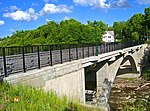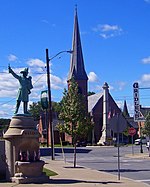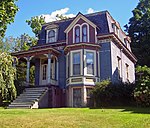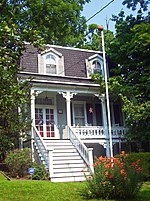Tin Brook
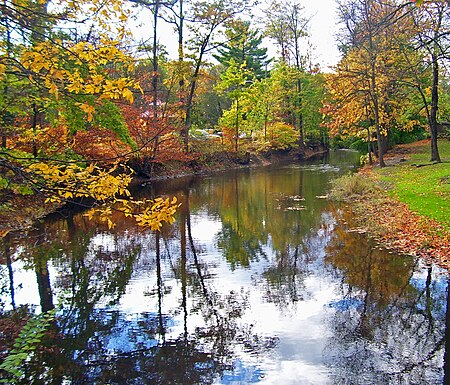
Tin Brook is a 9-mile-long (14 km) tributary of the Wallkill River almost entirely located in the town of Montgomery in Orange County, New York, United States, where it drains 19.2 square miles (50 km2). Near its mouth it flows through the village of Walden. It is one of the few named tributaries of the Wallkill that drain into it from the lowlands between it and the Hudson River to the east, rather than the Shawangunk Ridge to the west. Several possible origins have been proposed for the name, which appeared on local maps as early as 1774. The most likely points to an early landowner along the midlands of the stream variously named John Tinne, Thinne or even John Tinbrook. Another theory suggests that it was named by the Dutch settlers who were the first European inhabitants of the Hudson Valley and that it comes from the words meaning "thin breeches" in that language. Supposedly one of them had reconnoitered south from New Paltz and found the soils around the brook to be thin, or insufficiently deep for the kind of farming they preferred.
Excerpt from the Wikipedia article Tin Brook (License: CC BY-SA 3.0, Authors, Images).Tin Brook
State Highway 208,
Geographical coordinates (GPS) Address Nearby Places Show on map
Geographical coordinates (GPS)
| Latitude | Longitude |
|---|---|
| N 41.575277777778 ° | E -74.190555555556 ° |
Address
State Highway 208 2697
12586
New York, United States
Open on Google Maps





